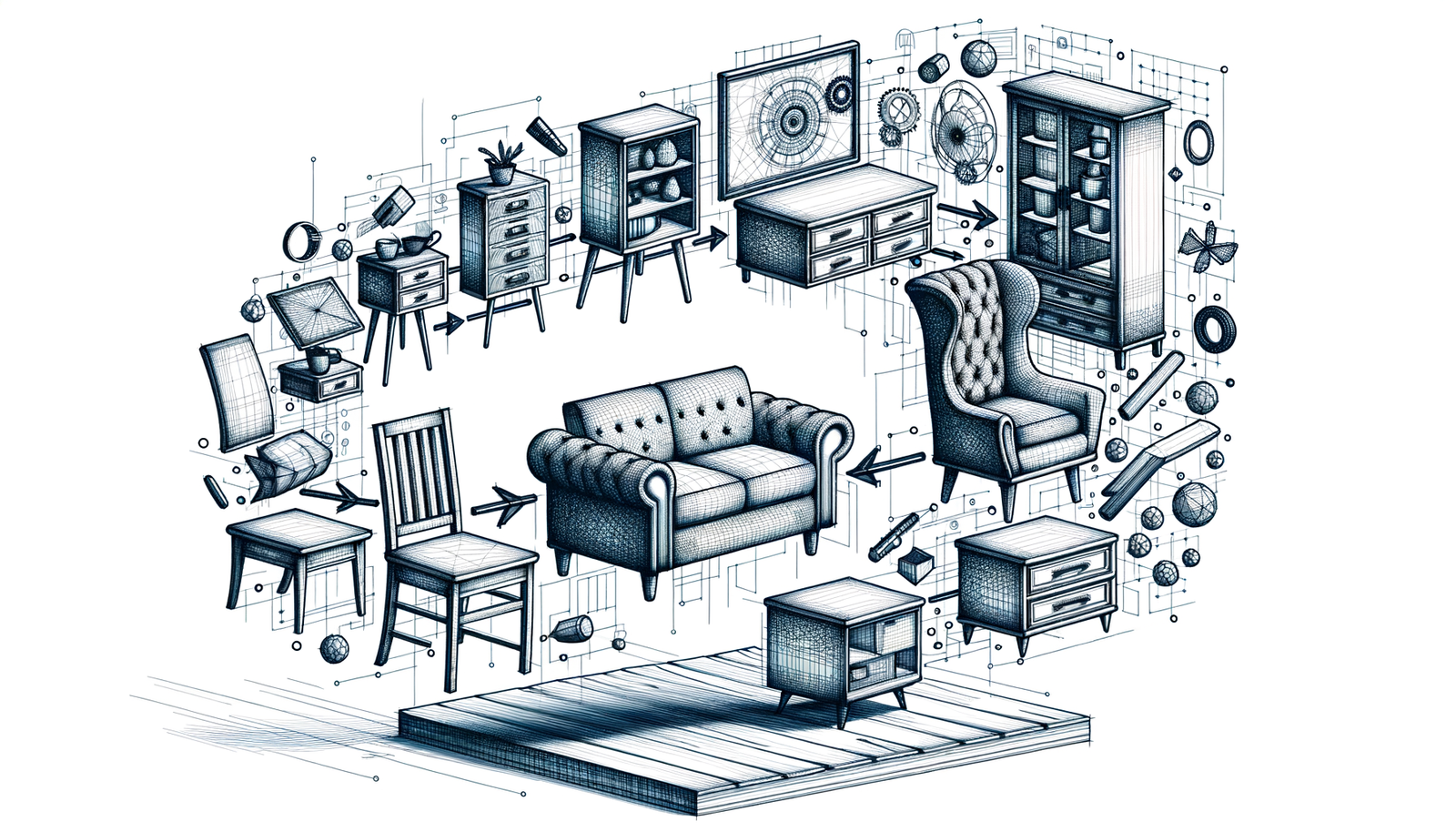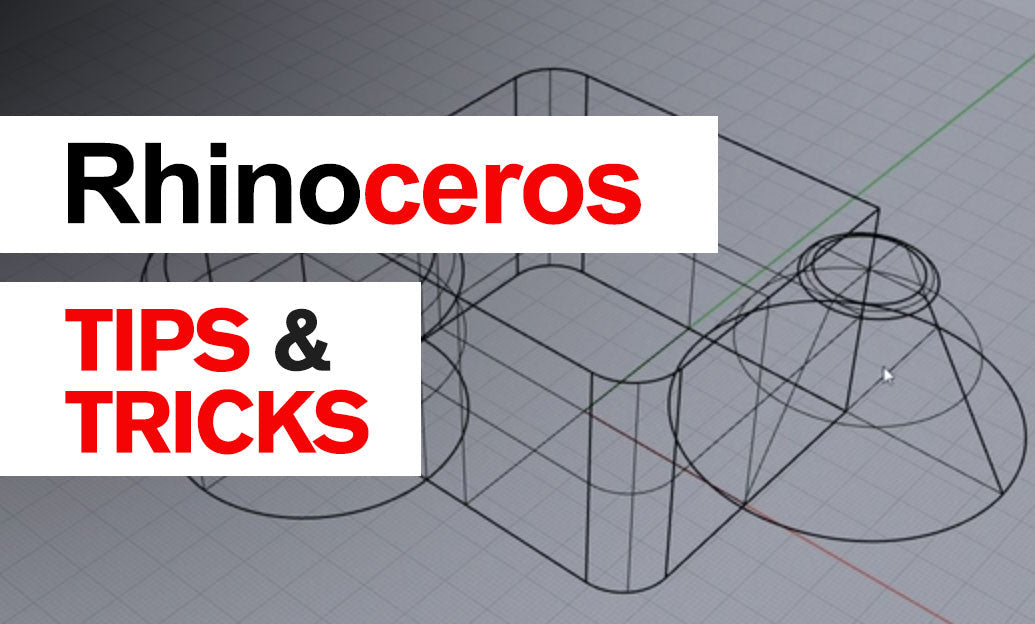Your Cart is Empty
Customer Testimonials
-
"Great customer service. The folks at Novedge were super helpful in navigating a somewhat complicated order including software upgrades and serial numbers in various stages of inactivity. They were friendly and helpful throughout the process.."
Ruben Ruckmark
"Quick & very helpful. We have been using Novedge for years and are very happy with their quick service when we need to make a purchase and excellent support resolving any issues."
Will Woodson
"Scott is the best. He reminds me about subscriptions dates, guides me in the correct direction for updates. He always responds promptly to me. He is literally the reason I continue to work with Novedge and will do so in the future."
Edward Mchugh
"Calvin Lok is “the man”. After my purchase of Sketchup 2021, he called me and provided step-by-step instructions to ease me through difficulties I was having with the setup of my new software."
Mike Borzage
Design Software History: SketchUp's Journey: Transforming Custom Furniture Design Through User-Friendly 3D Modeling and Technological Innovation
September 01, 2024 3 min read


Introduction to SketchUp
Overview of SketchUp
SketchUp is a versatile 3D modeling software that has become a cornerstone in the field of custom furniture design. Known for its user-friendly interface and robust toolset, SketchUp allows designers to create intricate and detailed models with ease. The software's impact on custom furniture design is significant, providing tools that streamline both the creative and prototyping phases of design.
Early Development and Launch
SketchUp was originally developed by @Last Software, a company founded in 1999 by Brad Schell and Joe Esch. The initial release of SketchUp in 2000 quickly garnered attention for its intuitive interface and powerful modeling capabilities. Early iterations of SketchUp were praised for making 3D modeling accessible to a broader audience, including those without extensive technical training.
Key Features and Technological Advancements
User-Friendly Interface
One of SketchUp's standout features is its user-friendly interface. Compared to other design software, SketchUp's ease of use is unparalleled, allowing even novices to get started with 3D modeling quickly. The drag-and-drop components and pre-designed templates further simplify the process, enabling users to focus on creativity rather than technical details.
3D Modeling Capabilities
SketchUp offers a comprehensive suite of tools specifically designed for creating custom furniture models. These tools include features for precise measurement, detailed texturing, and realistic rendering. Additionally, SketchUp integrates seamlessly with other design software and plugins, enhancing its versatility and functionality in the design workflow.
Community and Extensions
SketchUp's vibrant community has played a crucial role in its success. The 3D Warehouse, a repository of user-contributed models, provides a wealth of resources for designers. Popular plugins and scripts further extend SketchUp's capabilities, enabling furniture designers to create complex models and automate repetitive tasks efficiently.
Adoption in Custom Furniture Design
Impact on the Design Process
SketchUp has revolutionized the design process for custom furniture. By streamlining the design and prototyping stages, SketchUp allows designers to experiment with different concepts rapidly. The software also facilitates collaboration between designers and clients, providing a visual representation of ideas that can be easily modified based on feedback.
- Streamlining Design and Prototyping: SketchUp enables rapid experimentation with different design concepts, reducing the time and cost associated with traditional prototyping methods.
- Facilitating Collaboration: The software's visual representation of ideas helps bridge the gap between designers and clients, ensuring that everyone is on the same page.
Evolution and Future Prospects
Acquisition by Google and Trimble
SketchUp's acquisition by Google in 2006 marked a significant turning point in its development. Under Google's ownership, SketchUp saw improvements in its features and integration with other Google services. In 2012, Trimble acquired SketchUp, further expanding its capabilities and applications across various industries beyond furniture design.
Innovations and Updates
Recent updates to SketchUp have introduced features aimed specifically at furniture designers. These include enhanced rendering tools, better integration with CAD systems, and advanced texturing options. Additionally, SketchUp is exploring the integration of emerging technologies like AR/VR and AI, promising even more innovative solutions for the future.
Future Trends in Custom Furniture Design
The future of custom furniture design is poised to be shaped significantly by software like SketchUp. Continuous user feedback and community-driven innovation will be key drivers in this evolution. Emerging trends suggest that SketchUp and similar software will increasingly incorporate AI for design optimization and AR/VR for immersive design experiences.
- AI Integration: Advanced algorithms will assist in optimizing designs for functionality and aesthetics, making the design process more efficient.
- AR/VR Immersion: These technologies will provide immersive design experiences, allowing designers and clients to visualize and interact with models in a virtual environment.
Also in Design News

Cinema 4D Tip: Matrix-Driven Instancing for High-Performance Scattering
December 20, 2025 2 min read
Read More
V-Ray Tip: V-Ray Anisotropy Techniques for Brushed Metals and Hair
December 20, 2025 2 min read
Read MoreSubscribe
Sign up to get the latest on sales, new releases and more …



